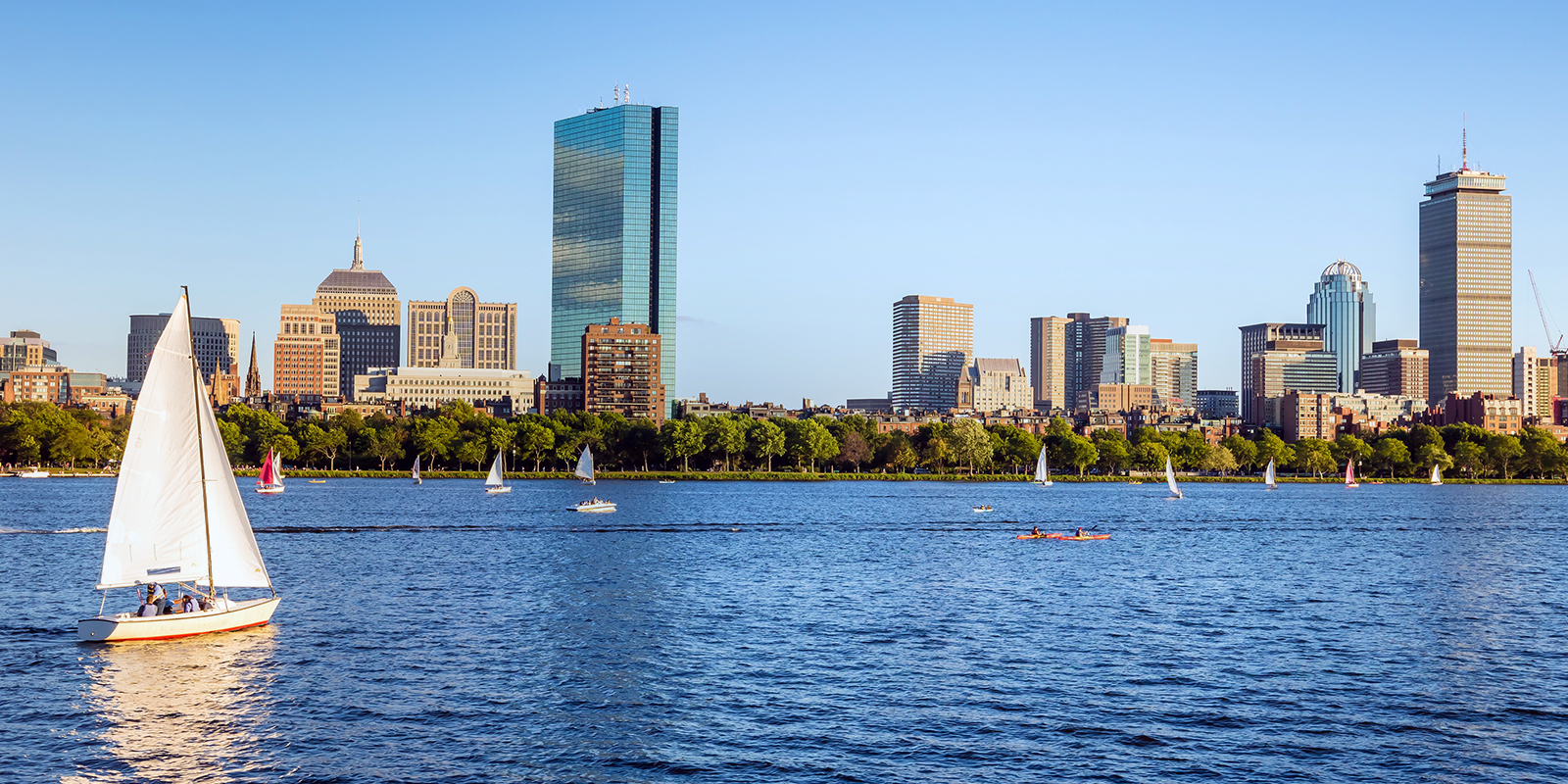Boston—in addition to being one of the America’s preeminent historic cities—is home to over 2,000 tech start-ups, the densest collection of world-class universities in the United States and marine biologists drawn to its preserved New England coastline. Whether your students are interested in advanced robotics, undersea life or cutting-edge nuclear technology, there’s sure to be a STEM adventure in the Boston area that fires their imagination.
Museums & Zoos
Housing over 200 species and covering 72 acres, Franklin Park Zoo is worthwhile for field trips at any degree of structure. Students are free to wander through any number of themed areas, including the Tropical Forest (an enclosed dome that showcases gorillas, crocodiles and birds from South America and Asia), Serengeti Crossing (which educates visitors on African mammals such as zebras and wildebeests) and Giraffe Savannah. Students can participate in workshops that partner them with a zoologist to learn about endangered species conservation or exhibit design that maximizes the animals’ privacy and educational potential for guests.
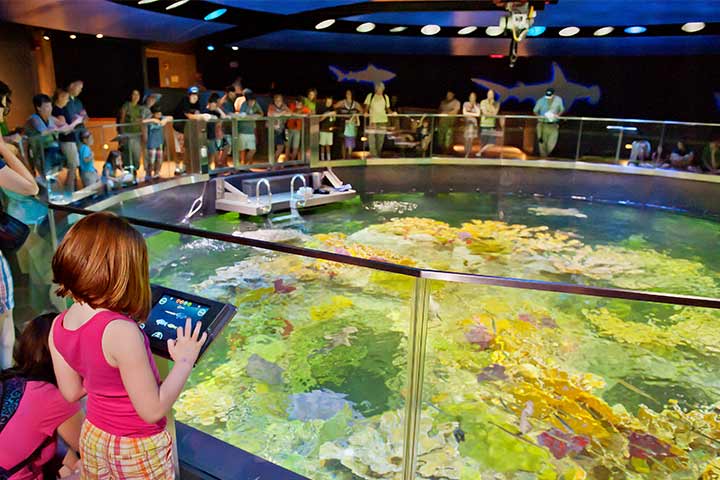
New England Aquarium
Budding marine biologists will want to spend time at the New England Aquarium, a mammoth structure located along the waterfront in Boston Harbor. The aquarium’s primary feature is the Giant Ocean Tank, a cylindrical 200,000-gallon tank that simulates a Caribbean coral reef with resident bonnethead sharks, sea turtles and stingrays. Other exhibits include the Tropical Gallery, Freshwater Gallery and Edge of the Sea Tide Pool, a tactile area where students are encouraged to touch horseshoe crabs, sea urchins and snails. The aquarium offers custom student tours and teacher resources up to grade 12, and its signature student activity is the Squid Anatomy Workshop, where visitors learn basic dissection skills while cutting open a real squid.
The Museum of Science, an immense educational center along the banks of the Charles River, houses over 700 interactive science stations, live demonstration stages and the only domed IMAX screen in New England. The museum offers templates for teachers grades K-12 to craft custom museum itineraries that can include stops at the Theater of Electricity (which features the worlds largest Van de Graaff electric generator), “Dinosaurs: Modeling the Mesozoic” (a collection of prehistoric fossils) and “Math Moves!,” an innovative space that allows students to visualize math concepts like ratio and proportions with tactile exhibits. Staff educators can spend an entire day with students for a variety of themed visits that include a biology day at the Biogen Foundation Exploration Hub, conservation efforts at the Charles River Field Station and exploration of magnetism at the Investigation Station. The museum also offers curated visits that integrate live presentations and exhibit suggestions to fit scientific themes like physics, life science and technology.
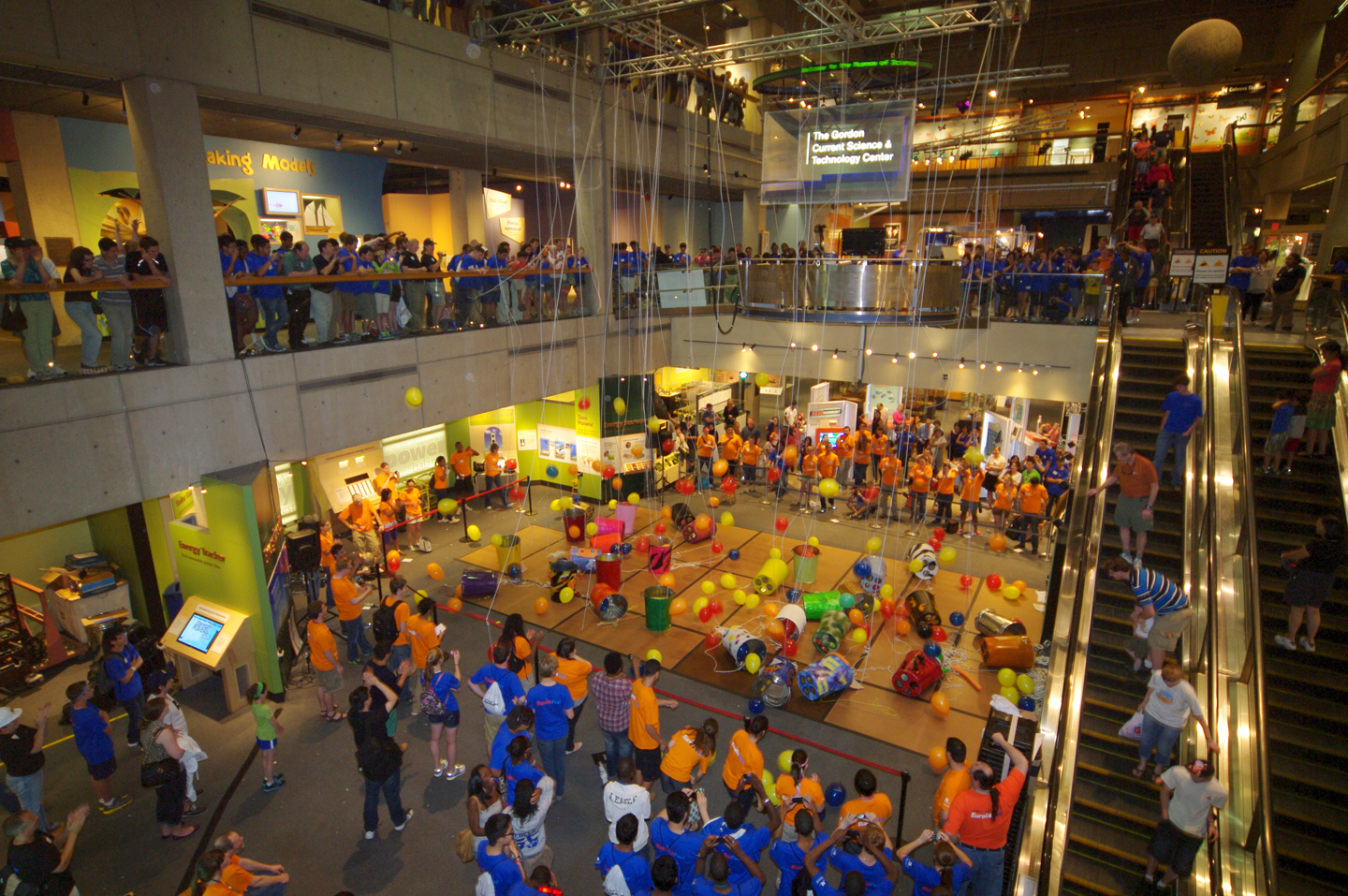
Museum of Science
Universities & Academia
One of the most acclaimed technology institutes in the world, MIT (the Massachusetts Institute of Technology) welcomes mathematicians and scientists from across the globe. If your students are looking to join their ranks in the future, consider registering for a MIT Lab Tour. During a visit to the Nuclear Reactor Lab, visitors can attend a Q&A session with a nuclear physicist and walk through the nation’s second-largest university reactor. Student groups can also visit the Lincoln Lab, a federally funded research and development laboratory for the Department of Defense that collaborates with scientists and engineers at MIT. Students will learn about cutting-edge technologies and working in interdisciplinary teams to solve problems in support of national security.
While on campus, stop by the MIT Museum, which features exhibits on artificial intelligence, maritime history and robotics. Guided tours are available for student groups grades 6 and up, and they can be specially tailored to focus on MIT’s 21st century tech innovations or scientific breakthroughs in the past. The museum also offers the MIT Sail Into Engineering Program. Here, students learn about the engineering design process by building and testing their own model boat. Participants will use modern technologies such as computer-aided design and laser cutting and explore the methods that Nathanael Herreshoff used to design and build over 2000 boat—including five America’s Cup winning-yachts—at the turn of the 20th century.
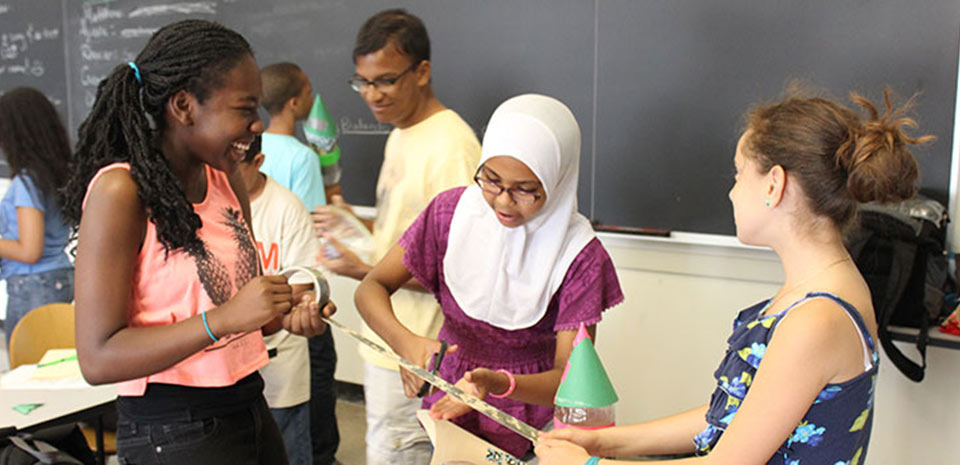
MIT Sail Into Engineering Program
Offering a pristine rocky Atlantic shoreline, Northeastern University’s Marine Science Center is an absolute necessity for student groups interested in conservation and marine biology. Students can stop by the center to discuss ocean acidification, climate change or ocean ecology with resident scientists and researchers, but the institute also offers two signature programs form students seeking multi-day experiences. The Littorina program, which targets middle school students with an interest in marine biology, exposes participants to the biodiversity the Atlantic Ocean’s sandy beach, rocky shoreline, open water/harbor and coastal wetlands. This is a one-week, field-trip based program teaches students how to keep a field notebook and take basic measurements of weather, water quality and biodiversity in different coastal habitats, all the while exploring the relationship between these parameters. The Chondrus program focuses on early high school students.Topics covered include identifying and classifying marine organisms, monitoring water quality, measuring species richness and diversity and analyzing survey results. Field studies take place at a salt marsh, sandy beach, rocky shore, and on open water.
Industry & Technology
StageOne Robotics, which designs assembly line robots that expedite the parcel induction process, opens its doors almost daily to STEM students interested in the field of robotics and engineering with the MIT Helicopter Workshop. In this workshop designed and operated by MIT PhD graduates, students have the opportunity to collaborate on both hardware and software design by building circuitry and writing software together. Utilizing an Arduino microprocessor as the base, they create, program and fly a helicopter that they build in small groups. Afterwards, students can tour the factory to learn how algorithms and advanced equations and expedite the assembly line process.
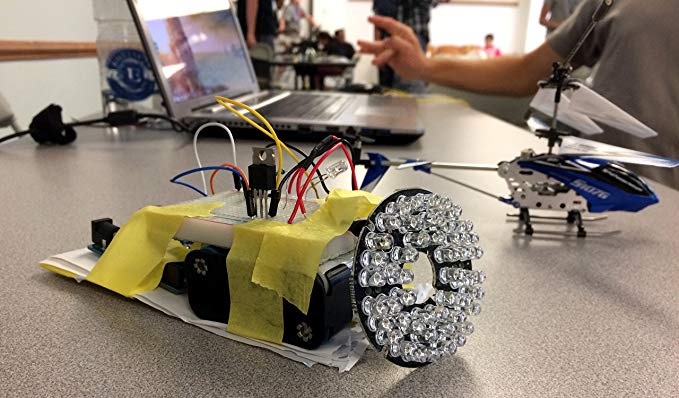
StageOne Robotics
Nature/Outdoor Activities
Whale watching is a New England tradition that allows visitors to view delicate aquatic ecosystems away from shore. Several outfitters integrate STEM-centric content to their private voyages, including Newport Landing Whale Watching. During a two-our cruise, student research teams take part in five different monitoring projects. With a trained marine biologist as their guide, young scientists use their expedition backpacks to identify marine mammals, monitor coastal birds, study tiny plankton and discover the important role of sea lions. Students record data in their expedition notebooks, identify and count active wild marine life and explore marine life artifacts onboard. Pre-trip in-class lesson plans are available to engage and prepare students before the voyage.
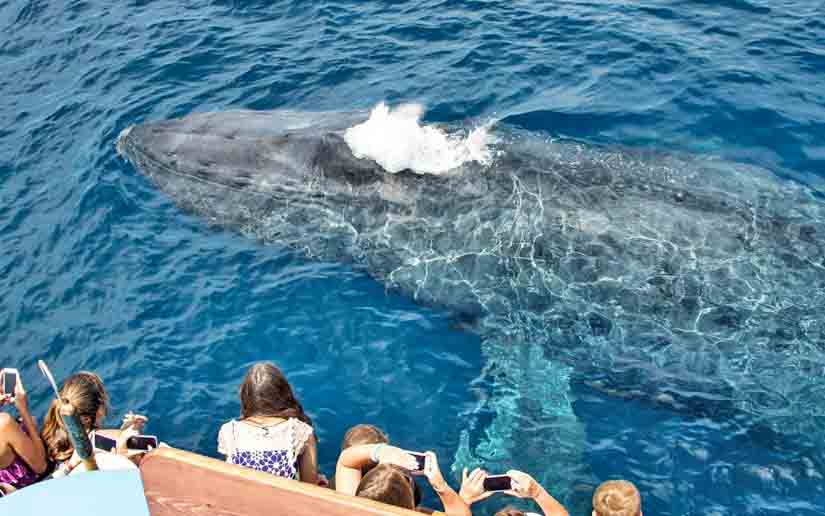
Newport Landing Whale Watching
Boston Harbor Islands National Recreation Area—a collection of Atlantic islands located just off the Massachusetts coast—lets visitors tour preserved forts, climb historic lighthouses and camp in wooded glens all while viewing the Boston skyline. While the park system offers numerous one-day activities for students, including the Junior Ranger program, its signature overnight student activity is the Outward Bound Summer Expedition for students age 12-17. Outdoor activities include sailing, kayaking, climbing and exploration of the Boston Harbor Islands National Park Area and Massachusetts Bay coastline. Students live outdoors camping and cooking, learn navigation and sailing/kayaking skills, investigate marine ecology, learn environmental stewardship, work with National Park rangers and participate in a service project.

